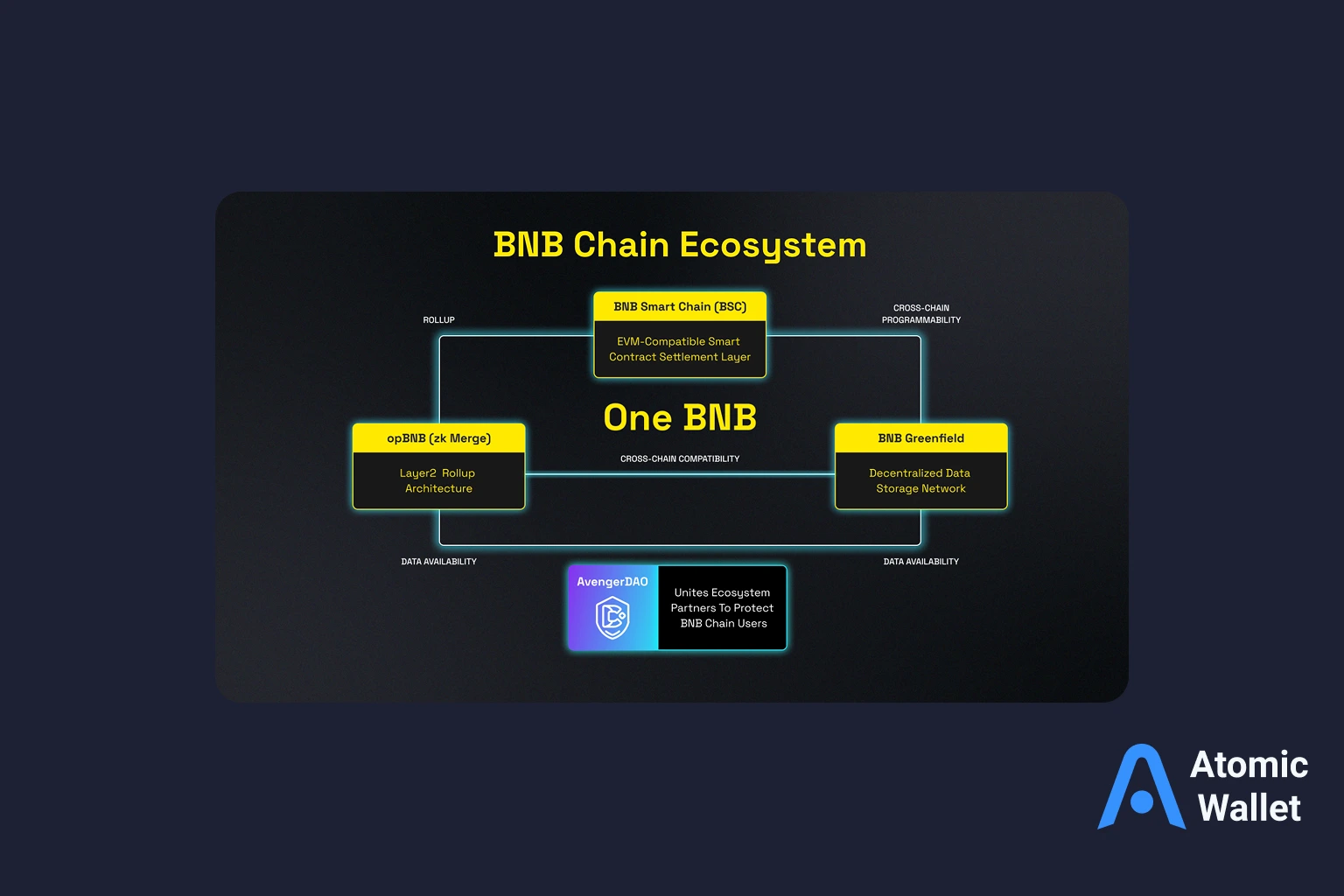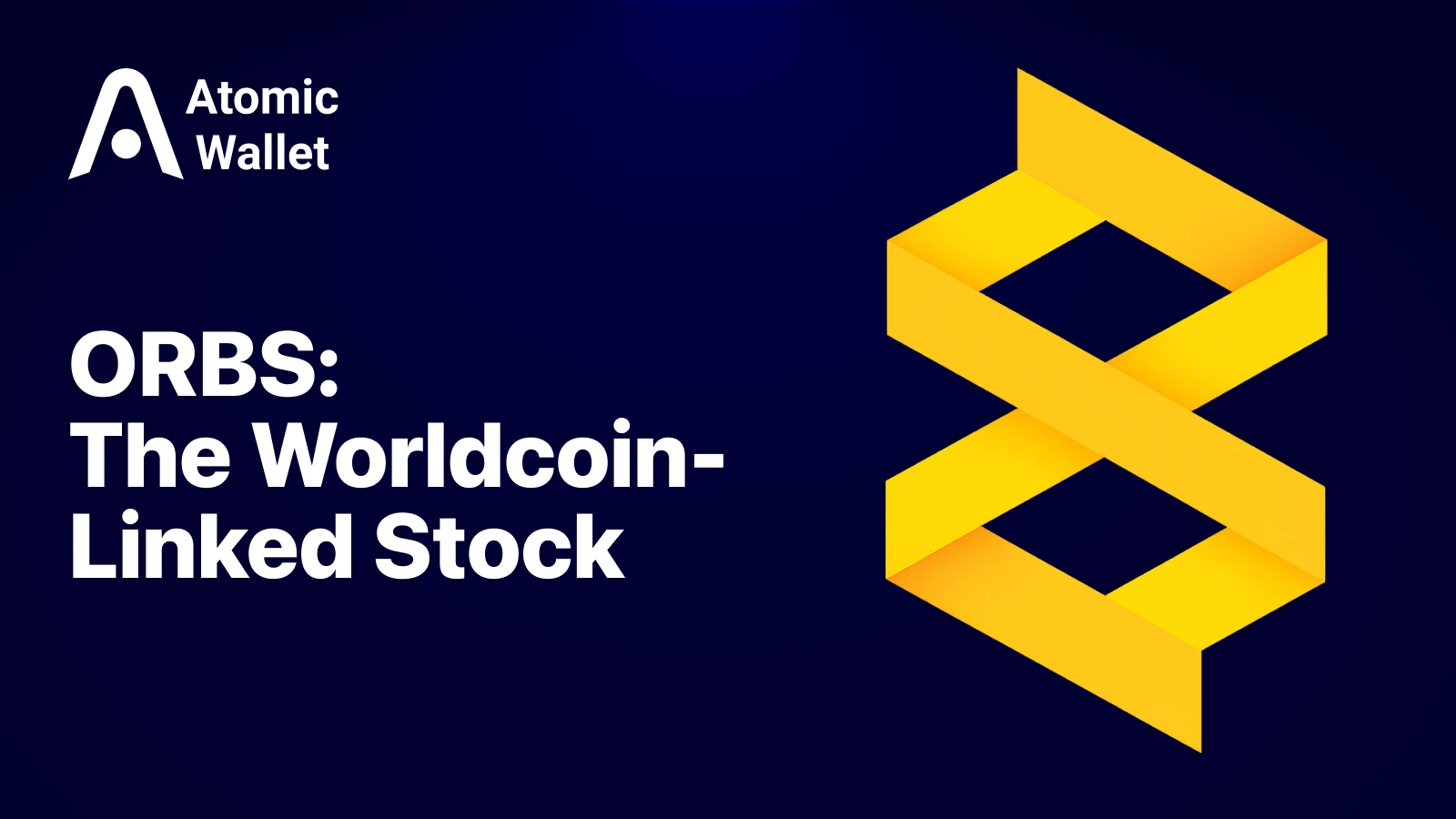Assets

Exchange

Buy Crypto




BNB — Binance's native cryptocurrency — remains one of the pillars of the crypto economy.
In 2025, it continues to power the world's largest exchange ecosystem while evolving nicely beyond its initial exchange use case.
The latest advances, including the introduction of opBNB, the build-out of BNB Greenfield (a decentralized storage layer), and the launch of the $1B YZi Labs fund for BNB Chain developers, have kept the ecosystem lively.
BNB now supports a whole multichain universe of trading, DeFi, gaming, and Web3 payments — and it continues to expand.
BNB (Binance Coin) is a governance and utility token that serves as the foundation of the Binance ecosystem.
It was originally created to offer trading fee rebates on the Binance exchange but has evolved into a multi-use digital asset on BNB Smart Chain, BNB Beacon Chain, and BNB Greenfield.
Today, BNB enables:
In simple terms, BNB's role is to connect and empower all that is built in the Binance and BNB Chain ecosystems — from trading and payments to dApps.
BNB operates on a dual-chain model, combining BNB Beacon Chain (governance + staking) and BNB Smart Chain (BSC) (smart contracts + dApps).
The arrangement allows users to move assets freely between chains and developers to utilize the maximum level of speed and affordability.
The Beacon Chain focuses on governance and validator coordination — that's where BNB is staked and voting occurs.
Meanwhile, the Smart Chain is fully EVM-compatible, so developers can deploy Ethereum-like contracts with drastically lower gas fees.ё
BNB’s architecture ensures:
This dual-chain design has become a model for scalability, sacrificing decentralization for real-world usability.

BNB’s strength lies in its broad utility across both centralized and decentralized layers of Binance’s ecosystem.
On Binance Exchange:
On BNB Smart Chain (BSC):
Beyond Binance:
BNB utility extends to hundreds of dApps, cross-chain bridges, and payment platforms. It is one of the few tokens that successfully bridges CEX utility and DeFi adoption — that holy grail of a balance between accessibility and decentralization.
BNB has a total supply of 200 million tokens, with an Auto-Burn feature forever that will gradually burn that down to 100 million.
This deflationary model maintains scarcity, aligning long-term holders with ecosystem growth.
Key tokenomics facts:
The result: BNB pairs steady deflation with ongoing on-chain demand — a combination that has allowed it to be one of the best performing large-cap assets in crypto.
BNB's success story has reached well beyond the exchange that gave it life.
The BNB Chain ecosystem is currently host to thousands of applications in DeFi, NFTs, GameFi, and AI — from PancakeSwap and Venus to newer projects like Greenfield (decentralized data storage) and opBNB (a high-performance Layer 2 for scalable applications).
Recent announcements, like the $1B YZi Labs fund, aim to court builders building in categories such as real-world assets (RWA), payments, DeFi, and decentralized science (DeSci). This strategic capital injection cements BNB Chain's position as one of the most active developer ecosystems in Web3.
Beyond infrastructure, BNB's global community — independent validators, node providers, and builders — ensures that innovation continues far beyond Binance itself.
Buying and storing BNB is simple, but doing it safely is essential.
How to get BNB:
How to store it securely:
Store, swap, and stake your BNB safely with Atomic Wallet — the trusted self-custody solution for millions of users.
BNB is often compared to other leading utility and smart-contract tokens such as Ethereum (ETH), Solana (SOL), and Polygon (MATIC) — and for good reason. All play a role in shaping blockchain usability.
Where BNB stands out:
Trade-offs:
Despite that, BNB’s blend of speed, liquidity, and developer traction continues to secure its position as one of the most practical utility tokens in the crypto market.
Despite its size and age, BNB is not without risk.
Like any large ecosystem token, both technical and market factors can impact performance and adoption.
Key risks to monitor:
Mitigation tip: Always use verified smart contracts, prefer non-custodial storage, and stay informed through official Binance and BNB Chain channels.
What is BNB used for?
BNB is used to pay transaction fees, participate in staking, access launch events, and govern the BNB ecosystem.
Is BNB deflationary?
Yes. BNB uses an Auto-Burn mechanism that permanently reduces total supply toward a 100M cap.
Can I stake BNB?
Yes — you can stake directly through BNB Chain validators or in Atomic Wallet, where staking rewards are automatically distributed.
What’s the difference between BEP-2 and BEP-20?
BEP-2 is the standard on BNB Beacon Chain (for governance and staking), while BEP-20 runs on BNB Smart Chain and powers smart contracts and dApps.
Where can I buy and store BNB?
BNB is available on Binance and major CEXs, as well as DEXs like PancakeSwap. For safe self-custody, store it in Atomic Wallet.
BNB has travelled far from its modest origins as an exchange discount token to evolve into a pillar of the Web3 economy.
It supports one of the most active multi-chain ecosystems, enabling tens of millions of transactions daily in DeFi, NFTs, and payments — with strong liquidity and developer adoption.
As Binance expands its footprint and BNB Chain attracts more developers, the token is at the center of decentralized finance innovation and beyond.
If you hold or plan to trade BNB, secure it in Atomic Wallet — where you can store, swap, and stake safely with full control over your keys.

A full 2025 breakdown of ORBS stock: price performance, Worldcoin narrative, dilution risks, catalysts, and what investors should watch going forward.

Rumble stock price explained: recent performance, volatility factors, and 2025 projections. Learn how politics and creator economics drive RUM.

Metaplanet stock surged as the company doubled down on its Bitcoin strategy and even added 14,618 ETH. Learn what drives Metaplanet stock price, how mNAV works, key risks, and why investors call it the “Japanese MicroStrategy.”